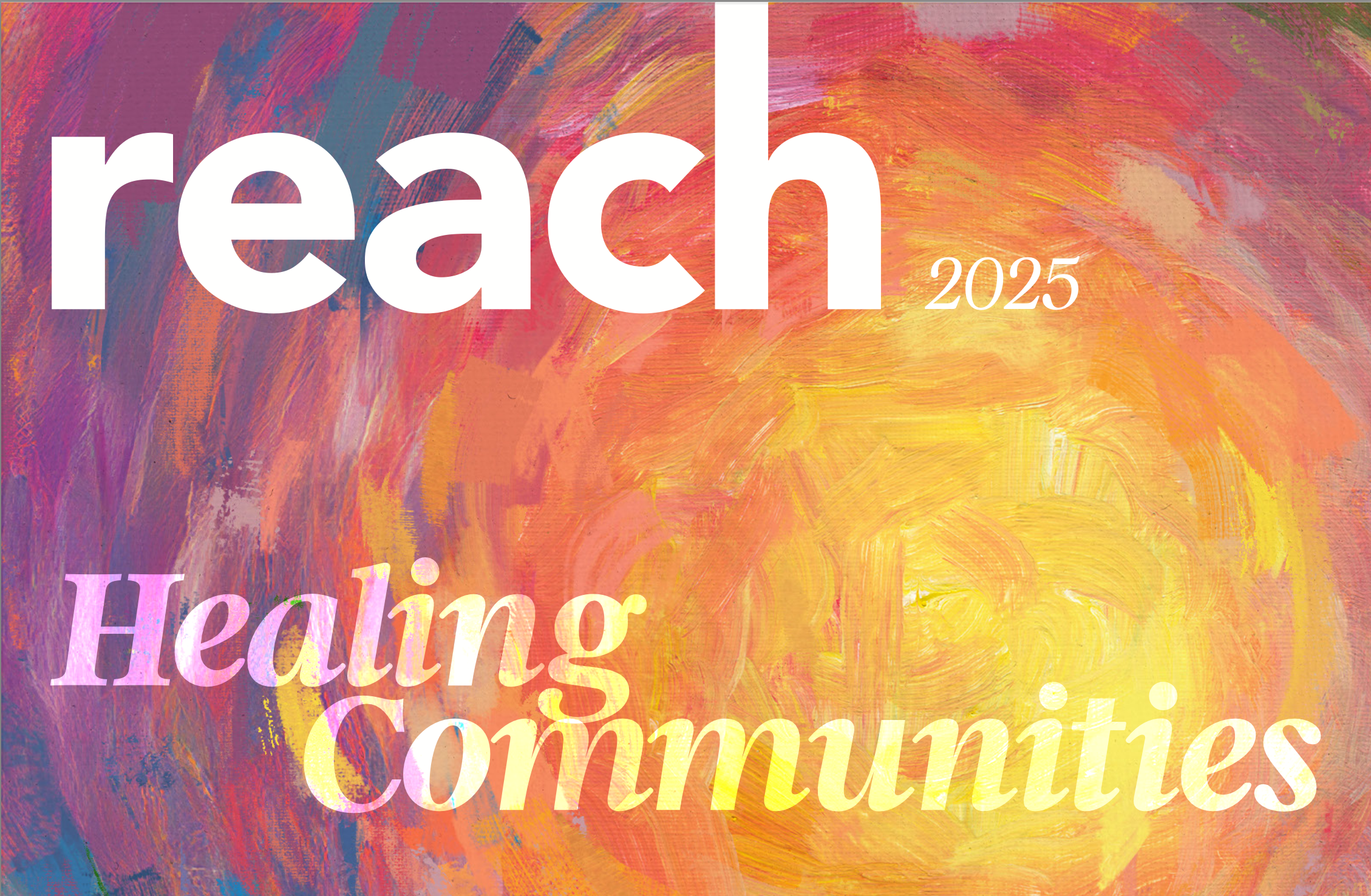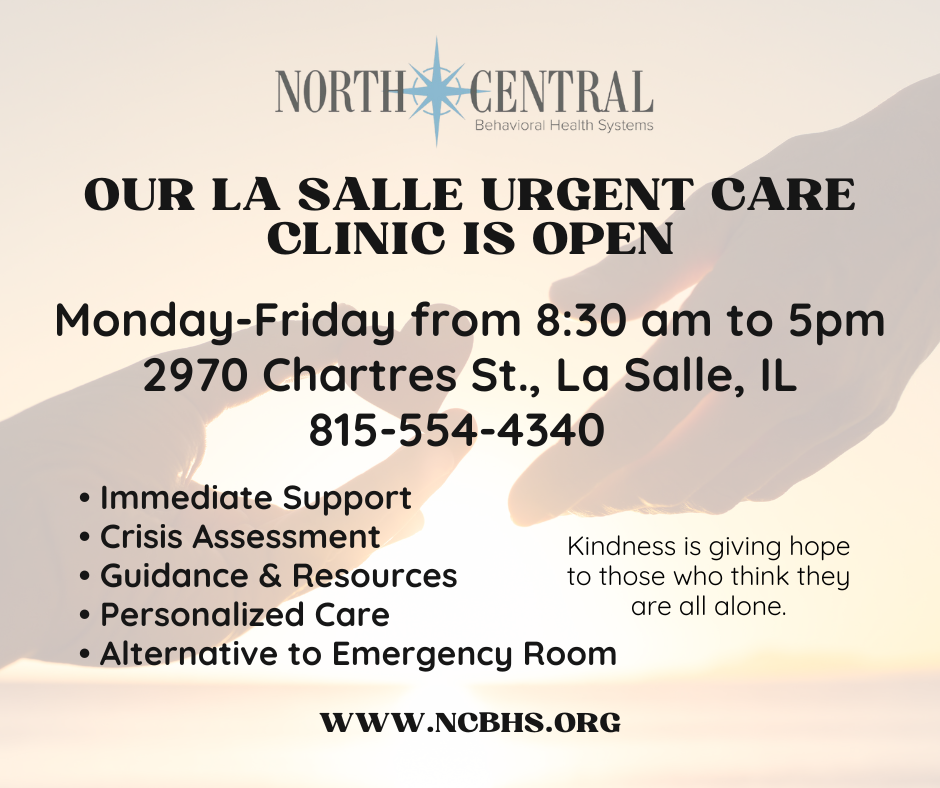Self injury is when someone is performing deliberate and repetitive acts of physical harm to their own bodies.
Types of self harm include:
- Use of eraser or friction to burn skin
- Burning with heat, chemicals or cigarettes
- Bruising
- Refusing to take medications
- Hitting ones self
- Banging ones head
- Ingesting sharp or toxic objects
- Picking scabs so wounds won’t heal
- Inserting objects into body openings
- Bone breaking
- “Carving” symbols, names or other images into the skin
Self injury typically occurs during puberty however can continue to middle age or occur in young children. Self harm in young children is linked to a pre-disposing psychological disorder or severe abuse and neglect. Adolescents are vulnerable as they face many stressful developmental changes both physically and emotionally.
Anyone who engages in self-harm is
- Trying to cope with overwhelming feelings and thoughts
- Rarely have suicidal ideations
- Display tension immediately prior to the act and they may have little or no pain as they inflict injury
- There can be feelings of relief, comfort, gratification or even arousal after the act of self-harm.
Self injurious behaviors can be reduced and eventually extinguished. This can occur through the use of individual and family therapy, behavior substitutes and for some medication. The person can re-claim a healthy sense of control over their emotions and body.


